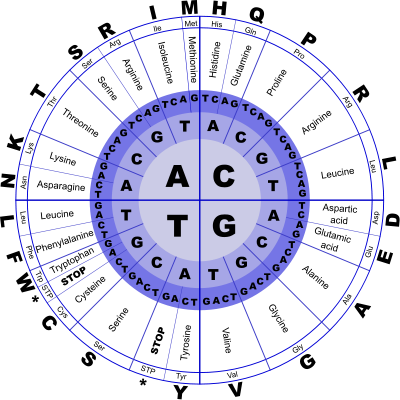MyoBlaster generates music from the cDNA sequence of myoblasts.
Myoblasts are undifferentiated cells primed to generate Myosin, a type of protein that is specific to muscle cells.
Meat is mostly muscle. So myoblasts play a major role in the creation of all meat.
It is possible to extract myoblasts from a living animal, and place them in a context where it will continue generating muscle cells outside of the body. That context might require a serum defined by the International Serum Industry Association. It’ll come with a guarantee of traceability inspired by the farm-to-table movement.
Scientists, artists and entrepreneurs alike are experimenting with this technology. Out of the field of regenerative tissue came the potential for generating meat in vitro. The idea is inspiring, but more research and funding will be necessary before it can be put to the test at high end grocery stores.
A new process for Engineering Comestible Meat was patented last year by the company who is closest to bringing Cultured Meat to market. The patent describes processes for 3d bioprinting and weaving in fat, blood vessels, and connective tissues to more closely simulate the look, taste and mouthfeel of real meat. The patent states: “In various embodiments, the multicellular bodies, layers comprising multicellular bodies, and engineered meat products comprise non- human cells derived from, by way of non-limiting examples, mammals, birds, reptiles, fish, crustaceans, mo Husks, cephalopods, insects, non-arthropod invertebrates, and combinations thereof.” I have included some, but not all, of these potential non-human cell sources in the Myoblaster application.
I found gene sequences at ensembl.org, a project of the European Bioinformatics Institute.
I decided to sonify the cDNA. The cDNA is complementary DNA. It takes all of the things that DNA does, and boils it down to just the instructions for making a piece of protein. The instructions, or Genetic Code, are a sequence composed entirely of just four nucleotides: adenine (A), cytosine (C), guanine (G) and thymine (T). The sequence is divided into subsets of three nucleotides, or “codons,” each of which codes for one amino acid. There are 23 possible amino acids, and complex proteins—like myosin muscle/meat—can be boiled down to a sequence of amino acids which can be boiled down to a sequence of just four letters.
Last year, the supreme court ruled the human genes cannot be patented. But the ruling also explicitly states that cDNA, and the process for isolating naturally occurring genes, can be patented. CDNA is also used to generate protein-based medicine. Will it soon be used to generate meat?
In the meantime, you can play with these sequences on the Myoblaster.
Coming soon: More genes! Combine different types of meat! Comparing synthetic vs naturally occurring DNA!
References & Inspiration
Carruth, Allison, Culturing Food: Bioart and In Vitro Meat, Parallax, 19:1, 88-100, (2013) DOI: 10.1080/13534645.2013.743296
Catts, Oron and Ionat Zurr, ‘The Ethics of Experiential Engagement with the Manipulation of Life’, in Tactical Biopolitics: Art, Activism and Technoscience, ed. Beatriz da Costa and Kavita Philip (Cambridge, MA: The MIT Press, 2008)
Landecker, Hannah, Culturing Life: How Cells Became Technologies. Paul Brodwin, Ed. Biotechnolgoy and Culture: Bodies, Anxieties, Ethics [hannah landecker, “immortality in vitro”
McHugh, Susan, “Real Artificial: Tissue-cultured Meat, Genetically Modified Farm Animals, and Fictions”, Configurations, Volume 18, Numbers 1-2, Winter 2010, pp. 181-197 (Article), The Johns Hopkins University Press
Stephens, Neil, In Vitro Meat in Context
Stephens, N “In Vitro Meat: Zombies on the Menu?” (2010) 7:2 SCRIPTed 394,
Smith, Peter, Can You Patent a Sandwich? Good Magazine 2011
Perruchot MH, Ecolan P, Sorensen IL, Oksbjerg N, Lefaucheur L., In vitro characterization of proliferation and differentiation of pig satellite cells.
Differentiation. 2012 Nov;84(4):322-9. doi: 10.1016/j.diff.2012.08.001. Epub 2012 Sep 27.
DNA Music, @hohonuuli
Schneider, Zachary, IN VITRO MEAT: SPACE TRAVEL, CANNIBALISM, AND FEDERAL REGULATION Houston Law Review, Winter, 2013
Liptak, Adam, Justices, 9-0, Bar Patenting Human Genes New York Times, Jun 13 2013

